Serial may have ended in December, but Adnan Syed’s story will continue.
A new podcast starting Monday will delve into the strange case “in greater detail, from an investigatory perspective instead of a narrative one,” The New York Times reports.
Syed, 34, has spent the past 15 years in prison for the murder of his ex-girlfriend Hae Min Lee after being sentenced to life plus 30 years in 2000. To this day, he maintains his innocence.
The case gained national attention last year after reporter Sarah Koenig made it the focus of her wildly popular podcast Serial. According to Apple, it was the most downloaded podcast of 2014 and the fastest ever to reach five million downloads.
Though Koenig’s investigation is, for now, over – the next season of Serial will focus on something else entirely – Syed’s story and his ongoing legal travails remain very much alive. In March, the Maryland Court of Special Appeals agreed to hear arguments from Syed’s lawyers, who have requested a new trial in the killing.
“[People are] still intrigued, they still want to know more,” Rabia Chaudry, the lawyer who first alerted Koenig to Syed’s case, told PBS’ NewsHour. “They want Serial to do updates, and Serial isn’t. So we will.”
Titled Undisclosed: The State v. Adnan Syed, the new podcast is produced by Chaudry, as well as two other lawyers involved in the case, Susan Simpson and Colin Miller.
“Susan and Colin have been taking a closer look, and with their own private investigator, continuing the investigation,” Chaudry said.
Undisclosed will address evidence brought forward on Serial, as well as new information about the case. With the new podcast, Chaudry hopes to bring Serial listeners’ attention back to the case.
“They know there’s an appeal, but they’re not reading these blogs because it takes a bit of an investment,” she said.
“The more public support we have in terms of skepticism toward the case, I think it has an impact on the case itself. That’s my goal.”
Episodes will be released every two weeks starting on Monday and run approximately 30 minutes long.
This article originally appeared on People.com.
The Wolf of Wall Street

This saga of white-collar crime is slightly less violent than other true-crime films, but no less debauched. Based on Jordan Belfort’s memoir of the same title, we follow the stockbroker along his meteoric rise as he cons his way to making millions of dollars through illegal trades, eventually culminating in an unraveling personal life and criminal charges. A surprising number of the movie’s hijinks are factual, according to the memoir.
Monster

The biopic follows Aileen Wuornos (played by Charlize Theron), a prostitute who kills a series of johns, claiming each one was trying to rape her. She confesses when it seems like her lover, Tyria Moore (Christina Ricci) might be implicated in the crimes. Wuornos was executed in 2002.
American Gangster

The Denzel Washington vehicle depicts Frank Lucas as a criminal mastermind, running a massive Harlem crime ring funded by his drug business. In real life, Lucas did indeed make a major profit on heroin imported from Southeast Asia, cutting out the middlemen, but he denies ever having stashed it inside the caskets of American casualties being shipped home from the Vietnam War. The movie makes Lucas out to be a major informer on crooked cops and fellow drug dealers when he’s caught; the real Lucas has denied this.
Goodfellas

The Scorcese classic leaves out a few moments from Henry Hill’s life, but the New York gangster (played by Ray Liotta) really was in the Lucchese crime family. As in the movie, he was part of the Air France robbery and the cover-up of the murder of Billy Batts. He did indeed enroll in the Witness Protection Program with his family, but was kicked out after a few years for committing crimes. He died in 2012.
The Black Dahlia

The movie takes as its starting point the still-unsolved 1947 murder of Elizabeth Short, whose naked corpse was discovered cut in half in a lot in L.A. But from there, it departs from the facts greatly, diverging into sordid, murderous plots affecting the police officers investigating the case and the women in their lives.
The Bling Ring
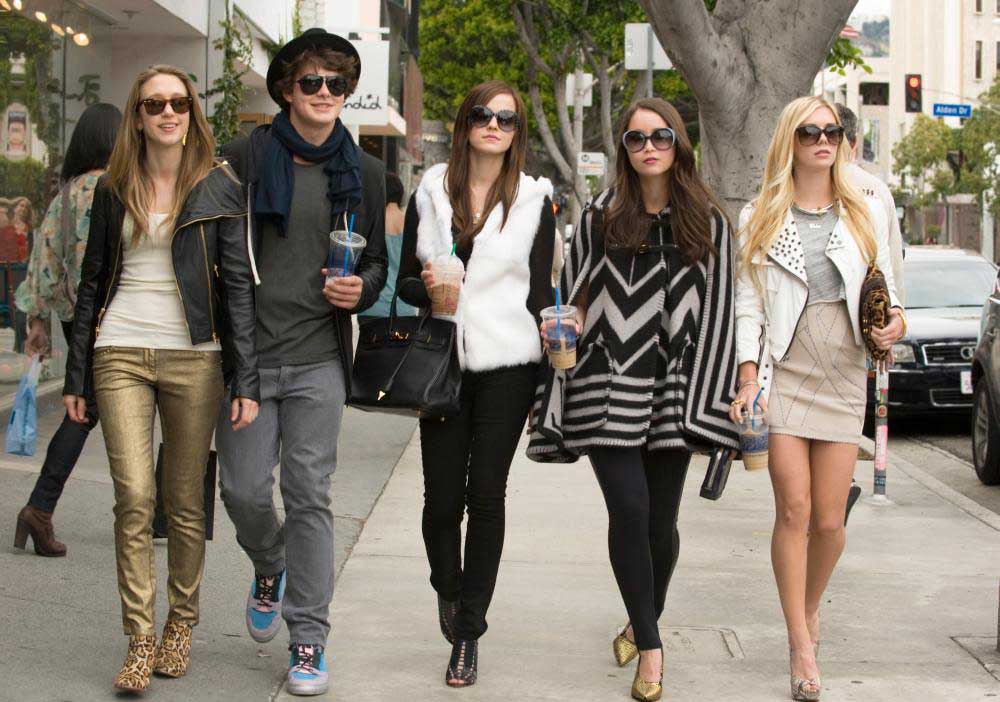
A group of teens and young adults get their kicks robbing celebrities, breaking into their homes and taking their pick of jewelry, clothing, cash and more. The criminals’ names were changed for the Sofia Coppola film, but several of the real rich victims appear—Paris Hilton, for instance, even agreed to let scenes be filmed in her home.
Zodiac
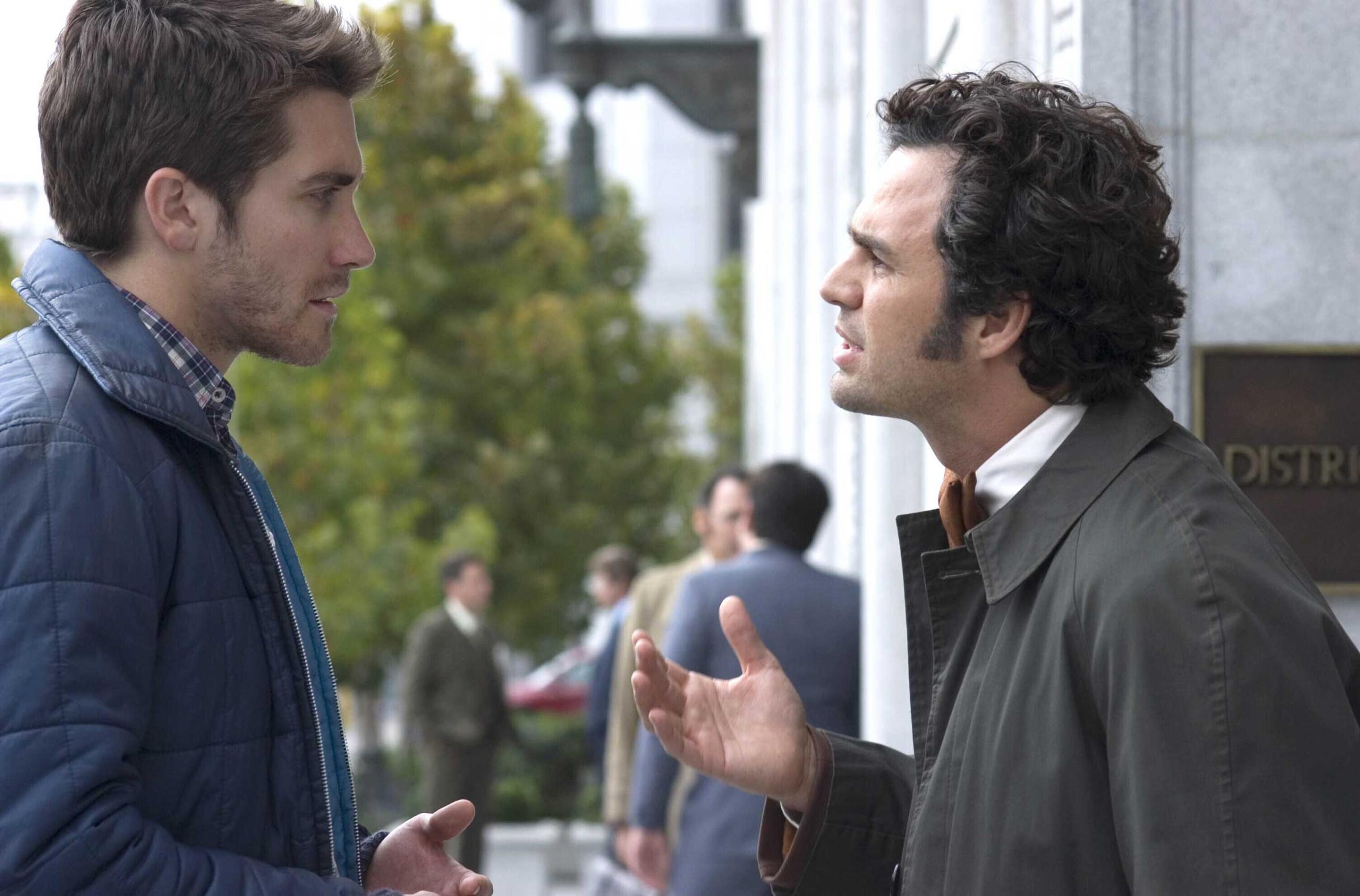
The Zodiac Killer case remains unsolved, but this David Fincher movie focuses more on the investigators than the criminal. Police detectives and reporters try to unscramble clues from a killer who sends ciphers with hints about his murders in northern California in the late 1960s and early 70s. The case consumes one journalist (Robert Graysmith, the author of the book the film is based on) to the point that he loses his job and his wife.
Foxcatcher

The Steve Carell, Channing Tatum and Mark Ruffalo movie dramatizes the relationship between John du Pont and two wrestlers who trained and lived on his facilities at Foxcatcher. He eventually shoots one of the brothers dead. In real life, du Pont was indeed convicted of the murder, but the details of his relationship with the Schultz brothers differ: for instance, the two never lived on the estate at the same time.
American Hustle

The names and some details may be different, but general arc of the David O. Russell con movie is fairly true to the events of the Abscam operation. The FBI really did use a swindler (Mel Weinberg in real life) to bust politicians taking bribes, and they really did pose a man as a fake Arab sheikh to catch them in the act of accepting his money.
Bully
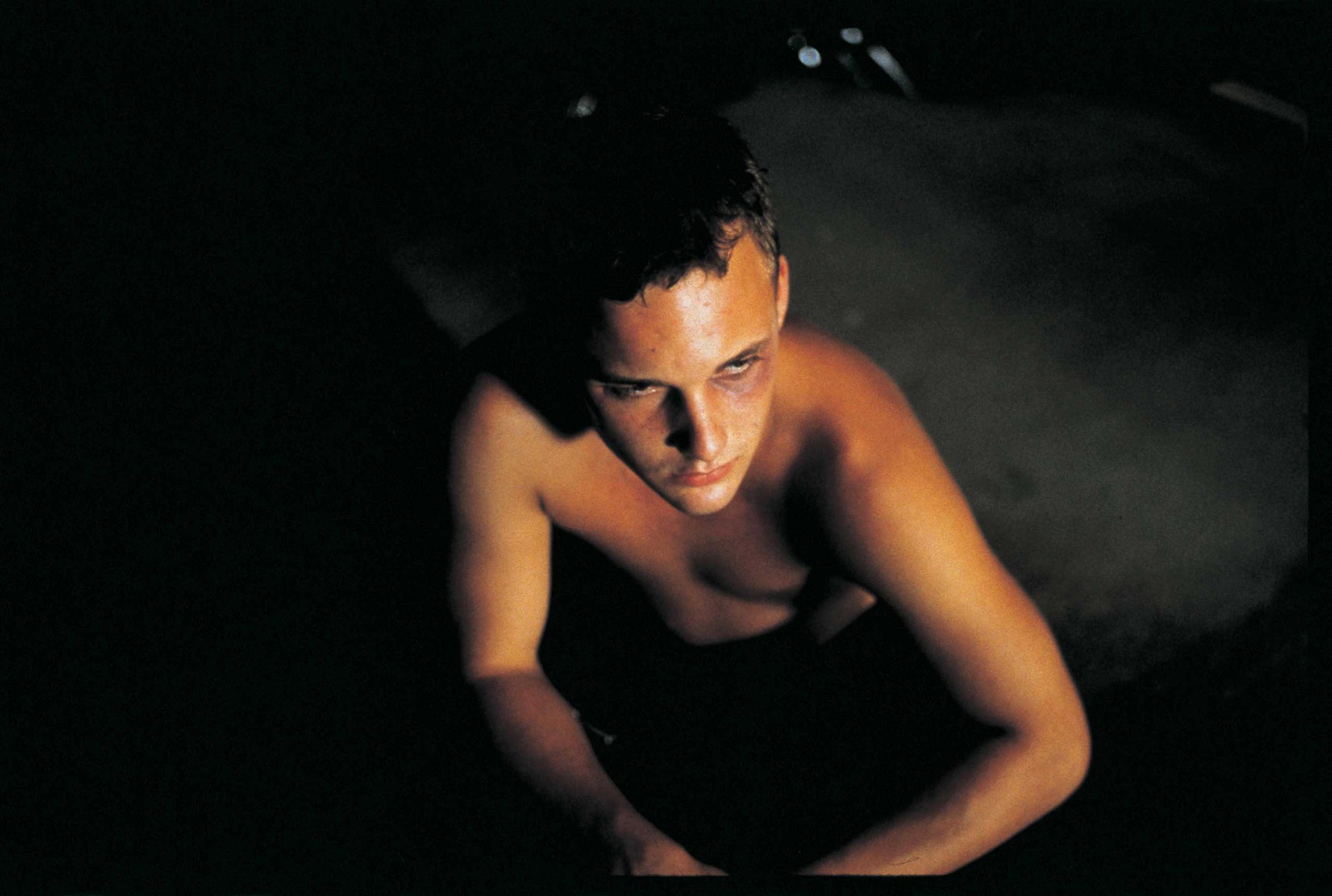
A group of teenagers plots vengeance on a friend and bully who has raped two of them. They bring their target, Bobby, to a swamp where several members of the group participate in his violent killing. In real life, all seven of Bobby Kent’s killers were prosecuted and received varying sentences.
Bernie
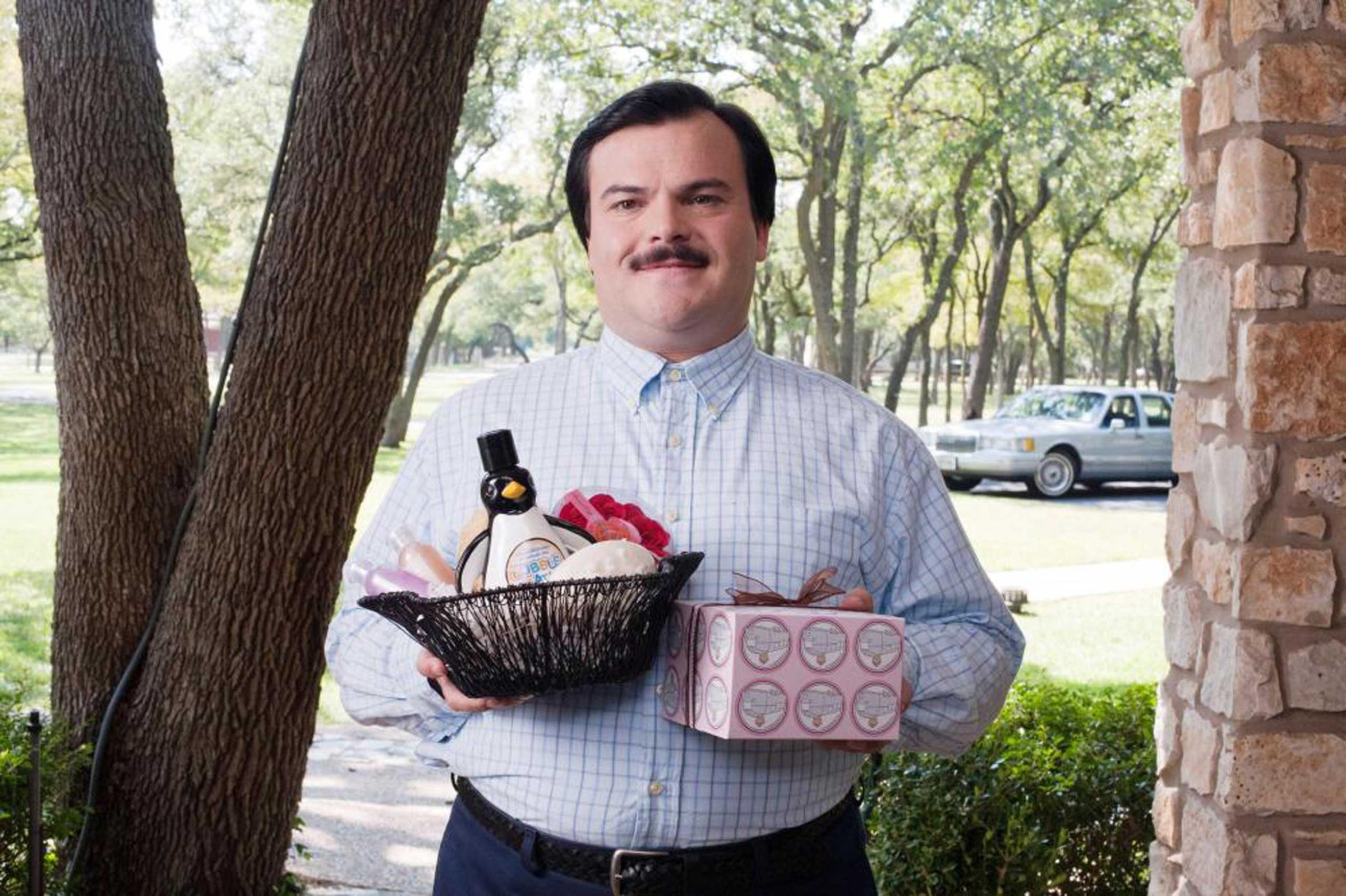
Jack Black plays Bernie Tiede, a charming, do-gooder funeral director in Carthage, Texas, who befriends a much-older millionaire widow, Marjorie Nugent. Their relationship grows strained, and he shoots her and hides her body in the freezer. The film sticks fairly close to the facts—including the townspeople’s continuing support for Bernie even after he confessed. After the movie came out, the real-life Tiede was released after 17 years in prison based on evidence that he’d been abused as a child and his outburst was tied to Nugent’s controlling relationship with him. The court ordered Tiede to reside in the garage apartment of the filmmaker, Richard Linklater, on his release.
Alpha Dog

The names were changed for this Nick Cassavetes movie, but the story follows the same arc: Johnny Truelove (whose real-life name is just as ridiculous: Jesse James Hollywood) is an L.A. drug dealer who exerts major influence on his debtors. When Jake Mazursky (in real life, Benjamin Markowitz) can’t pay back the money he owes, Truelove and his associates kidnap Jake’s half brother, Zack (really Nicholas). He enjoys his time in captivity, however, and makes no effort to escape. But fearing that they can’t set him free without going to jail, several of Truelove’s cronies take Zack into the woods where he’s shot and buried in a shallow grave.
Blue Caprice
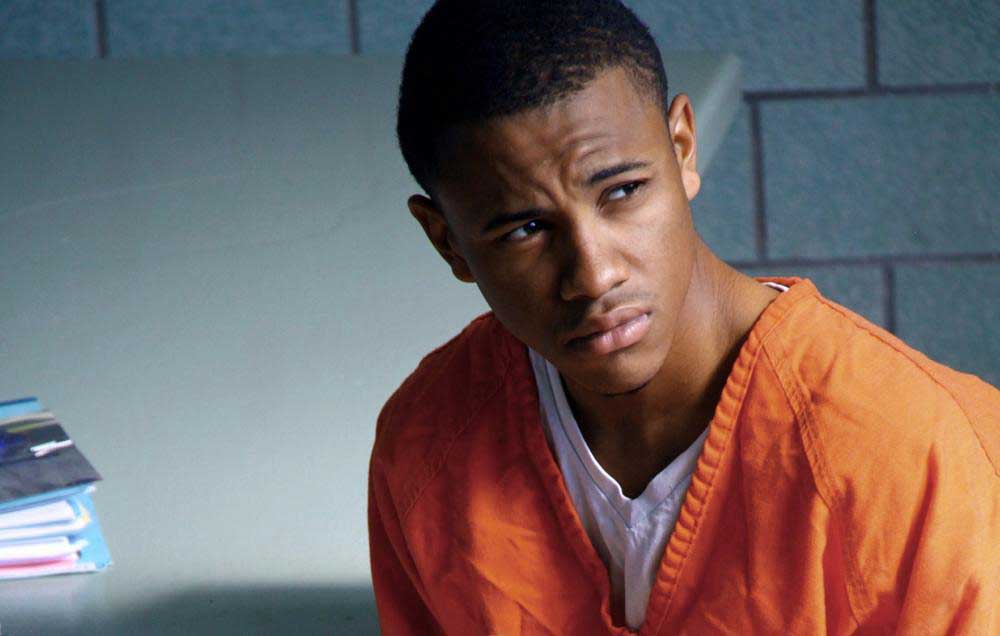
The film documents the relationship between teenager Lee Boyd Malvo and his farther figure, John Allen Muhammad, who terrorized the Washington, D.C. area in a weeks-long shooting spree that killed 10 and wounded others in the Beltway sniper attacks of 2002. They trained their rifle on random civilians through the back window of a blue Chevrolet Caprice. Malvo is serving several consecutive life sentences; Muhammad was executed in 2009.
Bronson
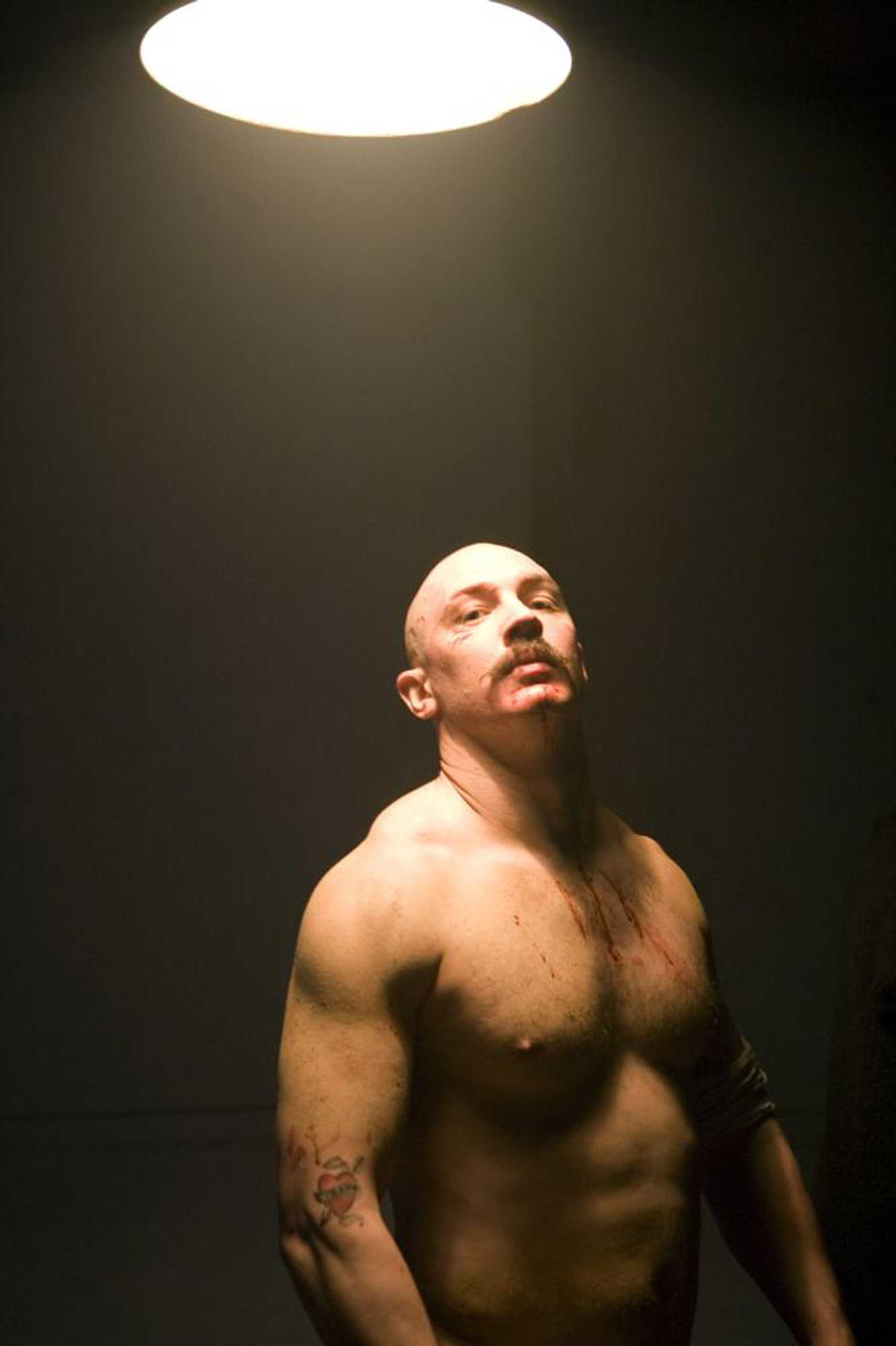
This biopic tells the story of Charles Bronson (né Michael Gordon Peterson), a British criminal who is constantly getting into brutal fights, in prison and out, with guards and inmates. He’s been moved to dozens of prisons for bad behavior and spent much of his time in solitary confinement; the net effect is that he’s often called Britain’s most dangerous criminal.
Catch Me If You Can

Leonardo DiCaprio stars as Frank Abagnale, a young con man who was able to make millions forging checks while posing as a pilot, doctor and lawyer. An FBI agent (played by Tom Hanks) pursues him until he’s captured. In the movie and in real life, Abagnale eventually becomes an FBI adviser, helping prevent exactly the kind of fraud he committed.
In Cold Blood
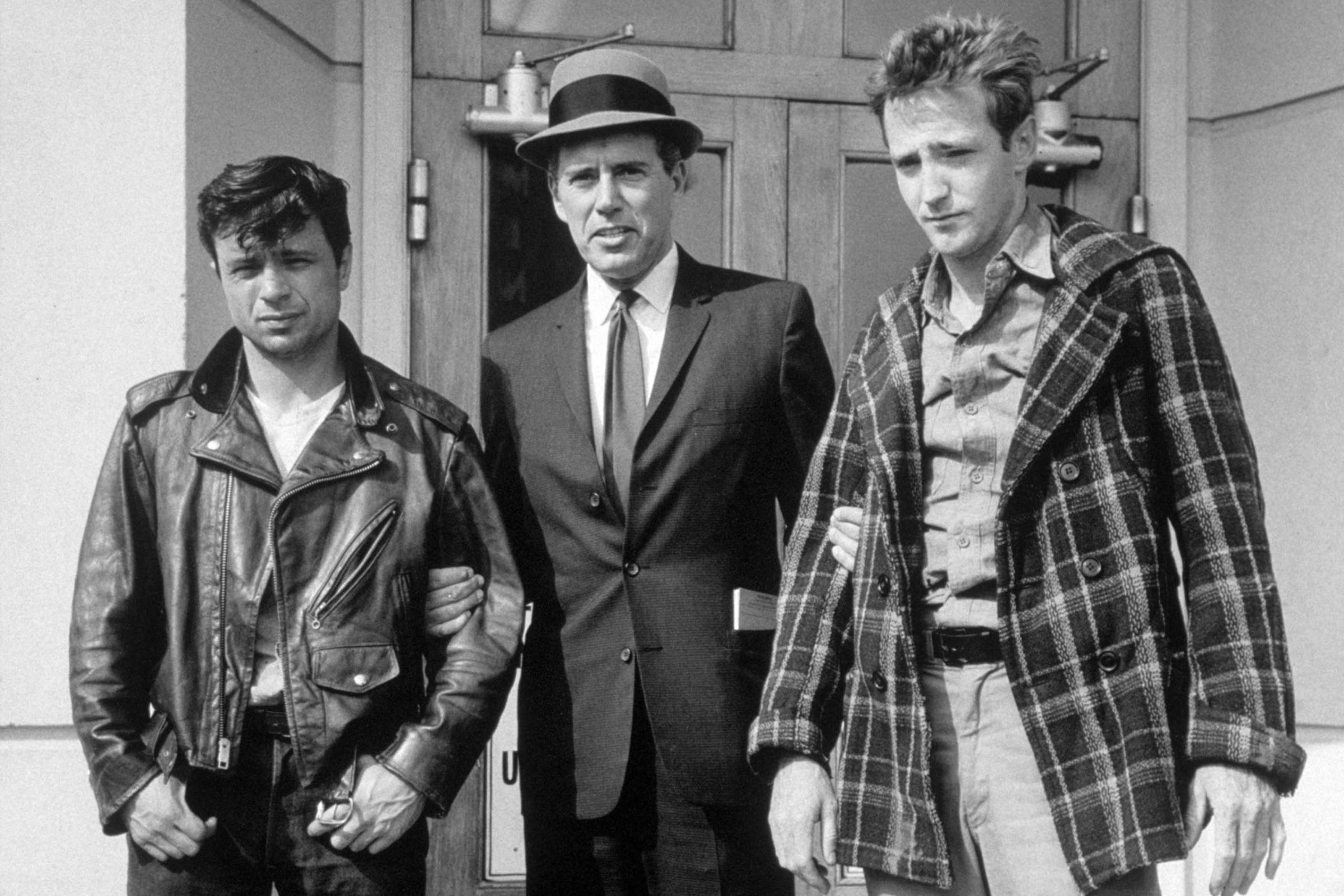
The film inspired by Truman Capote’s “non-fiction novel” tells the story of two outlaws, Richard Hickock and Perry Edward Smith, who murdered the Clutter family in their home in a quiet Kansas town in 1959. Both were hanged in 1965.
Black Mass
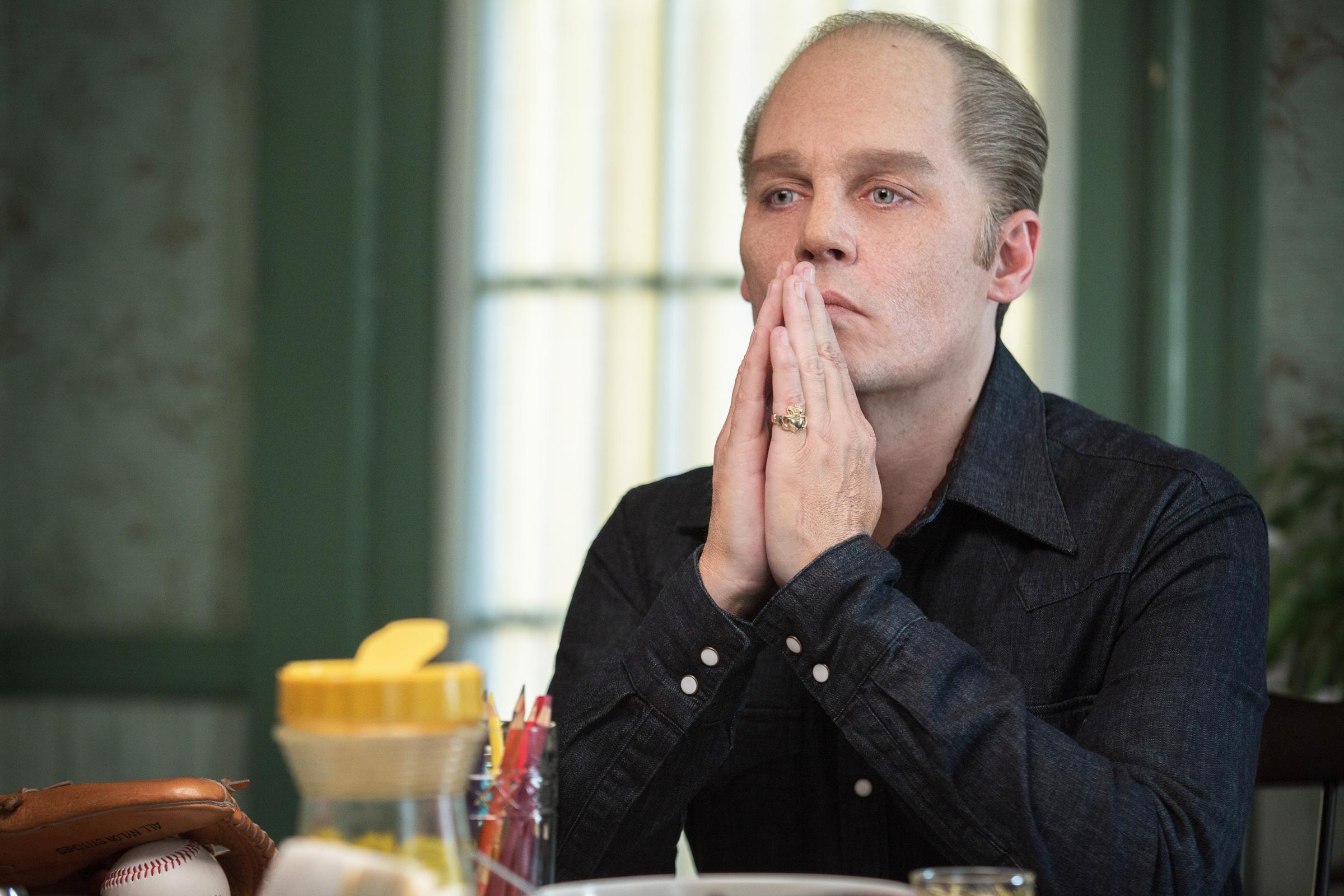
Based on the 2001 book of the same name, this movie sticks close to the facts of Irish-American mobster James “Whitey” Bulger (played by Johnny Depp) as he becomes an informant for the FBI during the 1970s. As in the film, the leader of Boston’s Winter Hill Gang used the protection granted by his status to cover the organized crime ring he continued to spearhead before going into hiding for 16 years. Now 86, he is three years into serving two consecutive life terms.
The Iceman
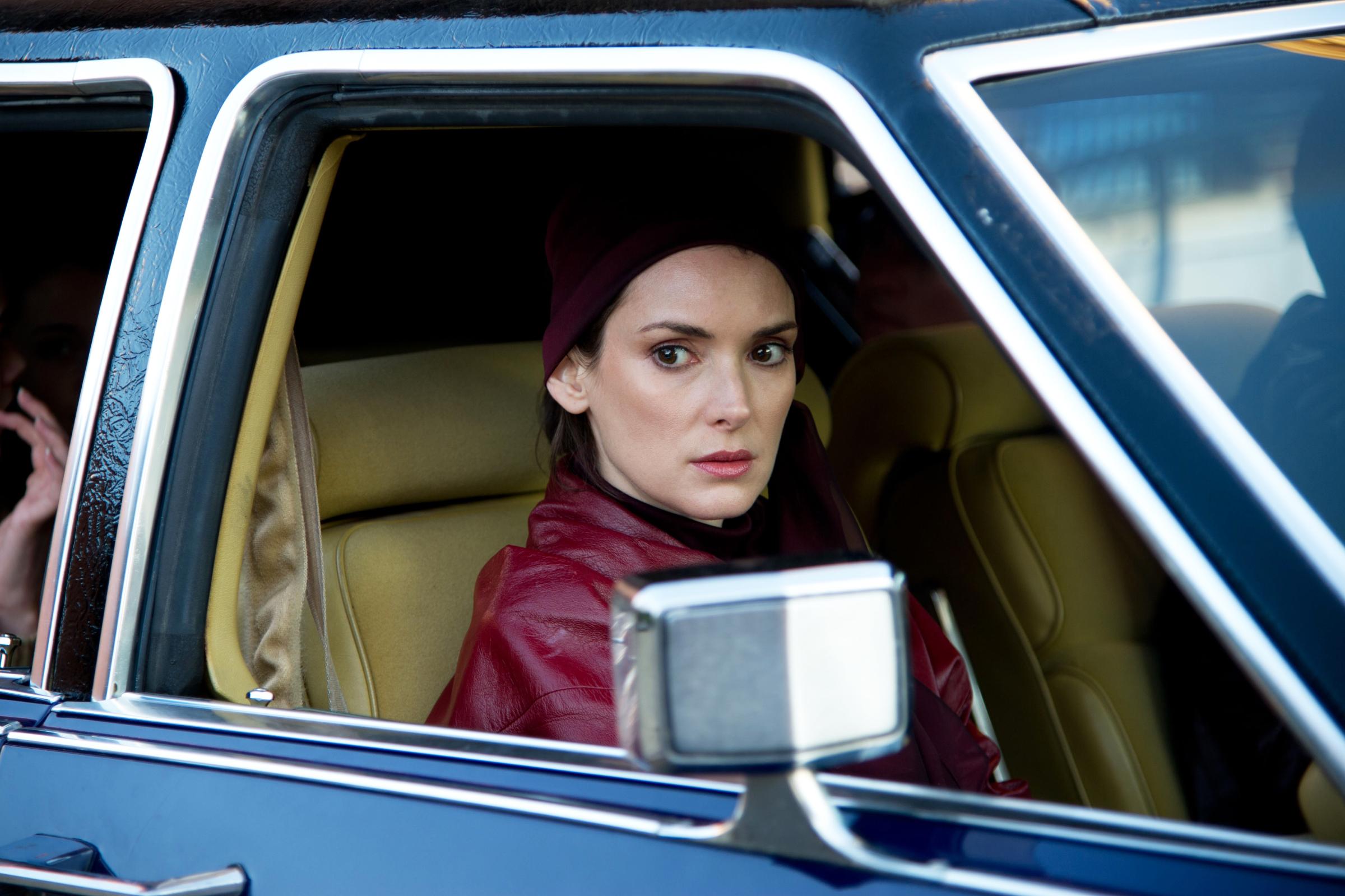
Michael Shannon plays the notorious hitman Richard Kuklinski, who was convicted of murdering five—though he later claimed to have killed more than 100 men—after decades of keeping his job as a contract killer a secret from his wife (played by Winona Ryder) and two daughters. The film alludes to Kuklinski’s abusive childhood, at the hands of both parents, and chronicles how his increasing sloppiness led to his eventual capture in 1986. He died in prison in 2006, at the age of 70.
More Must-Reads from TIME
- Caitlin Clark Is TIME's 2024 Athlete of the Year
- Where Trump 2.0 Will Differ From 1.0
- Is Intermittent Fasting Good or Bad for You?
- The 100 Must-Read Books of 2024
- Column: If Optimism Feels Ridiculous Now, Try Hope
- The Future of Climate Action Is Trade Policy
- FX’s Say Nothing Is the Must-Watch Political Thriller of 2024
- Merle Bombardieri Is Helping People Make the Baby Decision
Contact us at letters@time.com